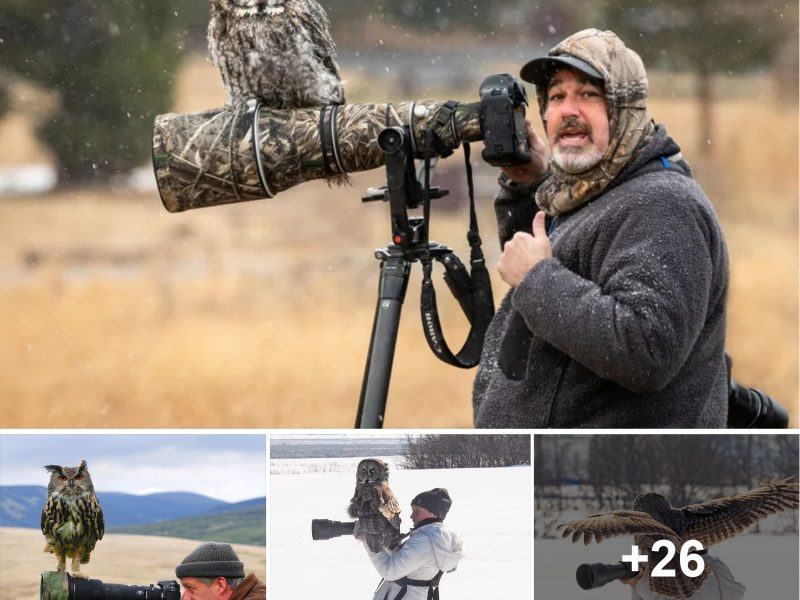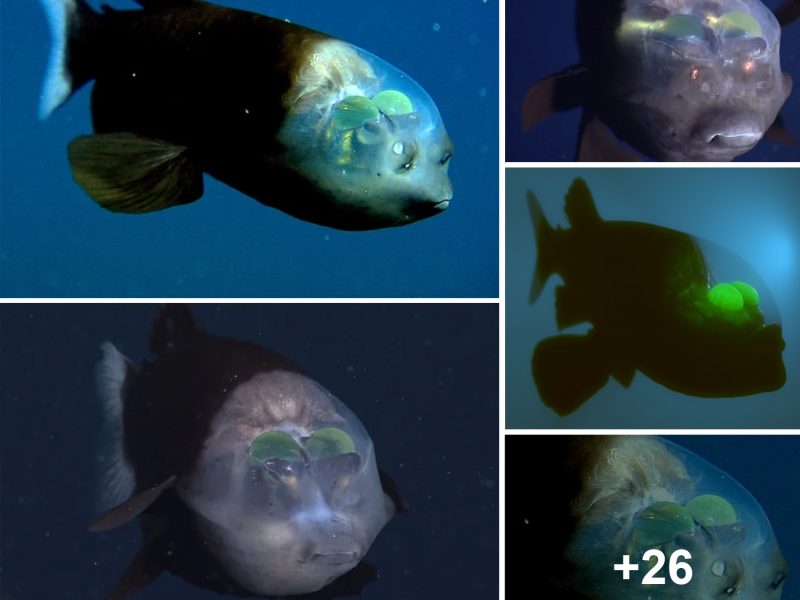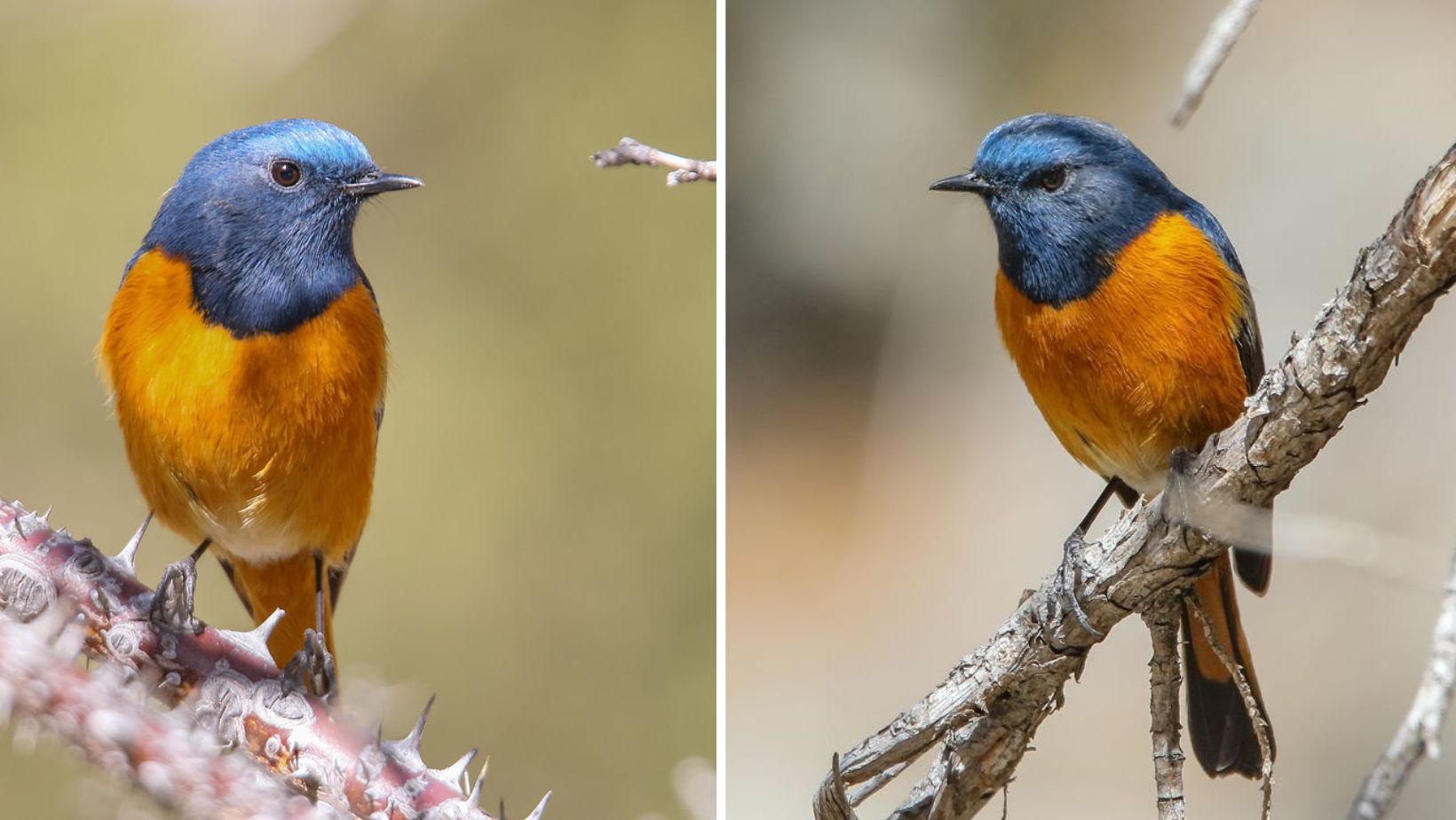
He is unmistakable, with his orange breast, belly, and tail and metallic ultramarine-blue head and back.
Meet the Blue-fronted Redstart
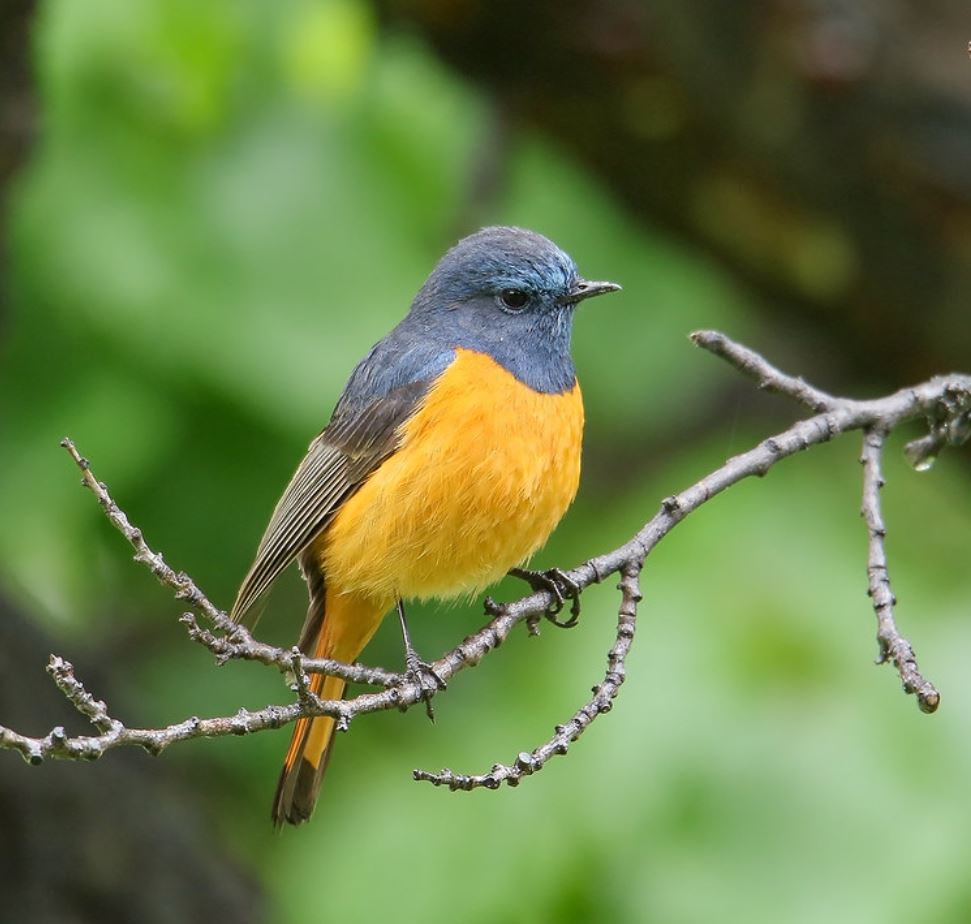 “Blue-fronted Redstart (Phoenicurus frontalis)” (cropped) by gilgit2 is licensed under CC BY-SA 2.0.
“Blue-fronted Redstart (Phoenicurus frontalis)” (cropped) by gilgit2 is licensed under CC BY-SA 2.0.
The blue-fronted redstart (Phoenicurus frontalis) is a small-sized bird, measuring around 15-16 cm in length. It stands out as the only Redstart species with an inverted-T pattern on its tail. During the breeding season, the male exhibits a striking appearance with a blue head, back, wings, and throat. The rest of his underparts, rump, and relatively long tail are adorned in a captivating rufous-orange hue, with the tail featuring black central feathers and a distal third. Both the bill and legs of the male are black. In contrast, the non-breeding male displays a heavily scaled buff color on his upper body.
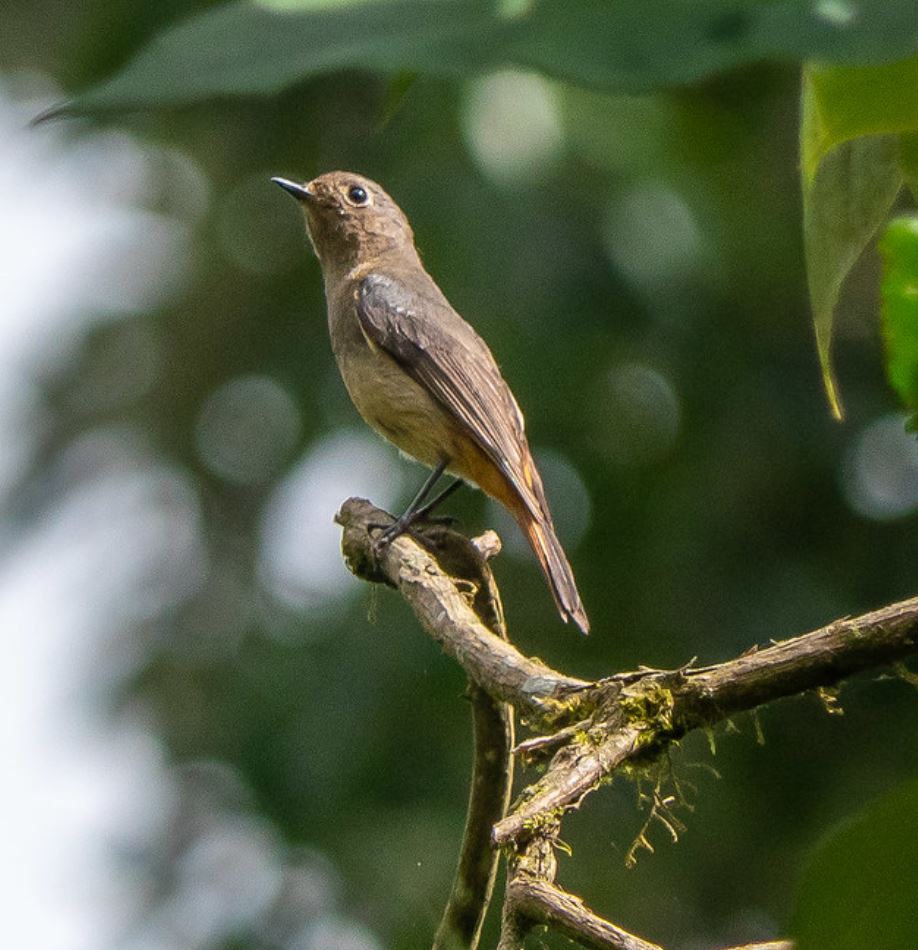 “Blue-fronted Redstart” by Mike Prince is licensed under CC BY 2.0.
“Blue-fronted Redstart” by Mike Prince is licensed under CC BY 2.0.
The female, on the other hand, has a more subdued appearance, characterized by dull greyish-brown upperparts and underparts, with a tail similar to that of the male.
As for the juvenile, it showcases a dark brown plumage with buff spotting and a buffy belly, while still retaining the male’s tail pattern.
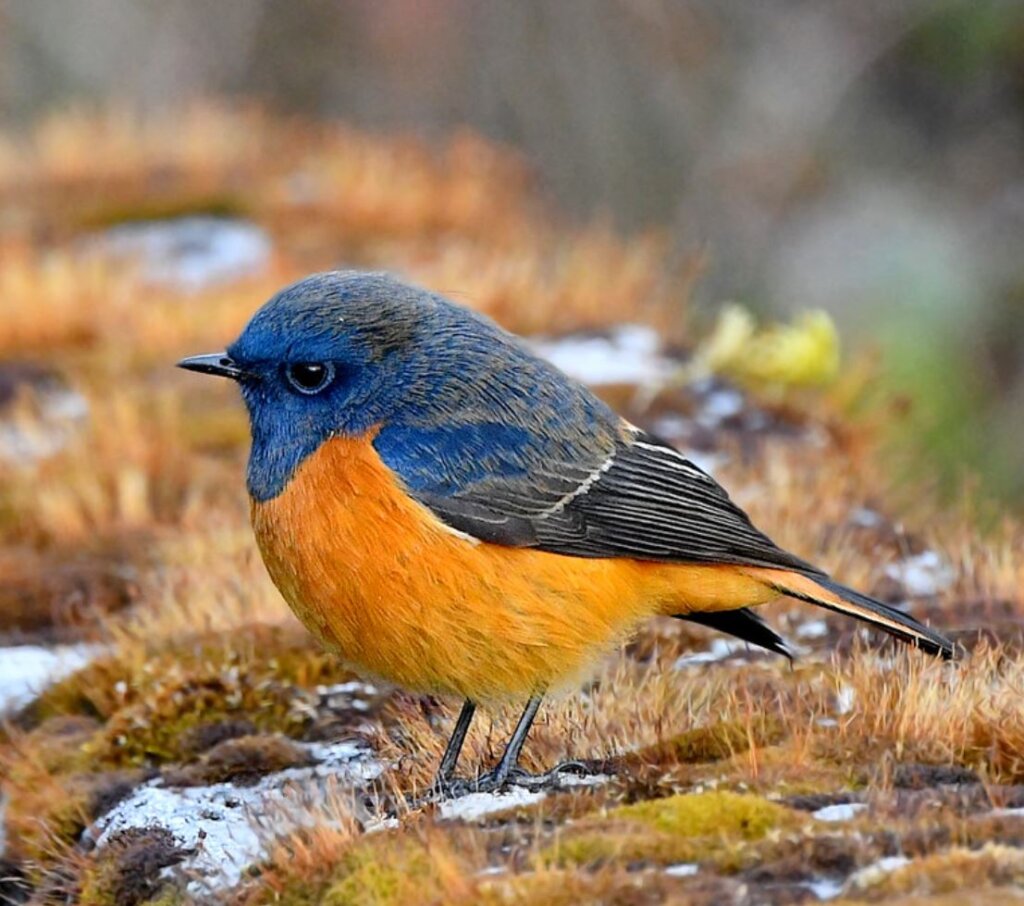 “Blue fronted redstart” (cropped) by shxrao is licensed under CC BY 2.0.
“Blue fronted redstart” (cropped) by shxrao is licensed under CC BY 2.0.
They are known to breed in the central regions of China and the Himalayas. During the winter months, it migrates to the southern foothills of the Himalayas, as well as to areas in Yunnan, Northeast India, and northern Southeast Asia.
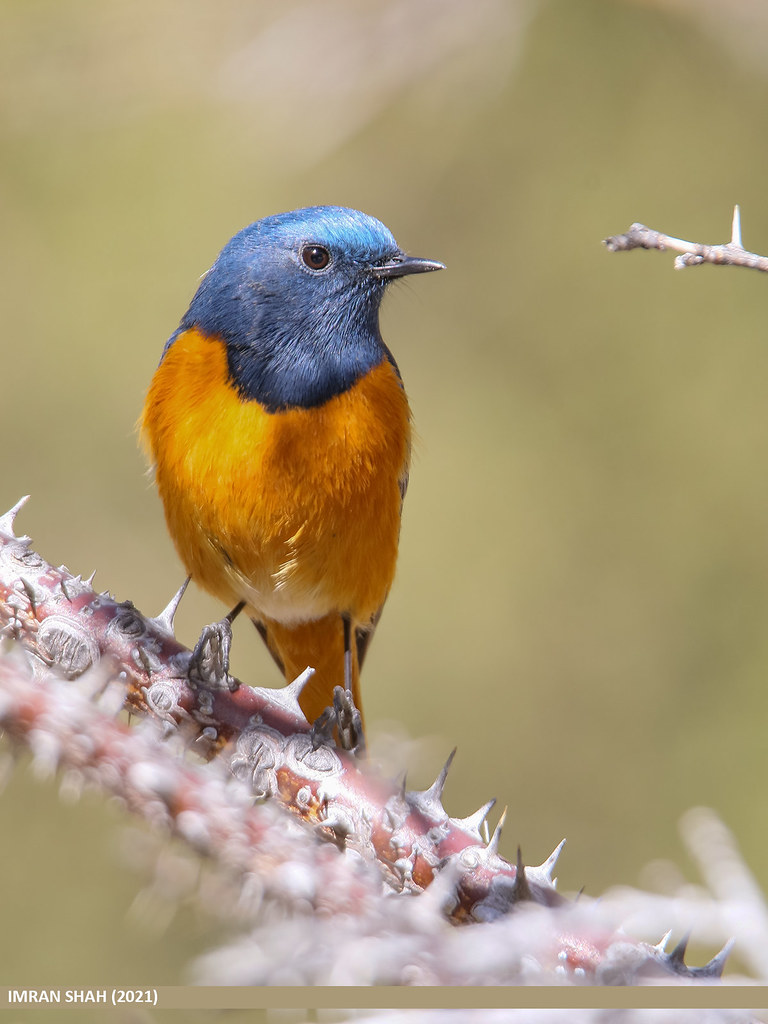 “Blue-fronted Redstart (Phoenicurus frontalis)” by gilgit2 is licensed under CC BY-SA 2.0.
“Blue-fronted Redstart (Phoenicurus frontalis)” by gilgit2 is licensed under CC BY-SA 2.0.
Redstarts inhabit diverse environments, including dwarf juniper, rhododendron, birch scrub, and open grassy areas. During winters, they can be found in the understorey of open forests, bushy river valleys, gorges, and open terrains with bushes. They may frequent cultivated clearings, tea gardens, terraces, pastures, thickets, and more, typically at elevations between 1000 to 2700 meters.
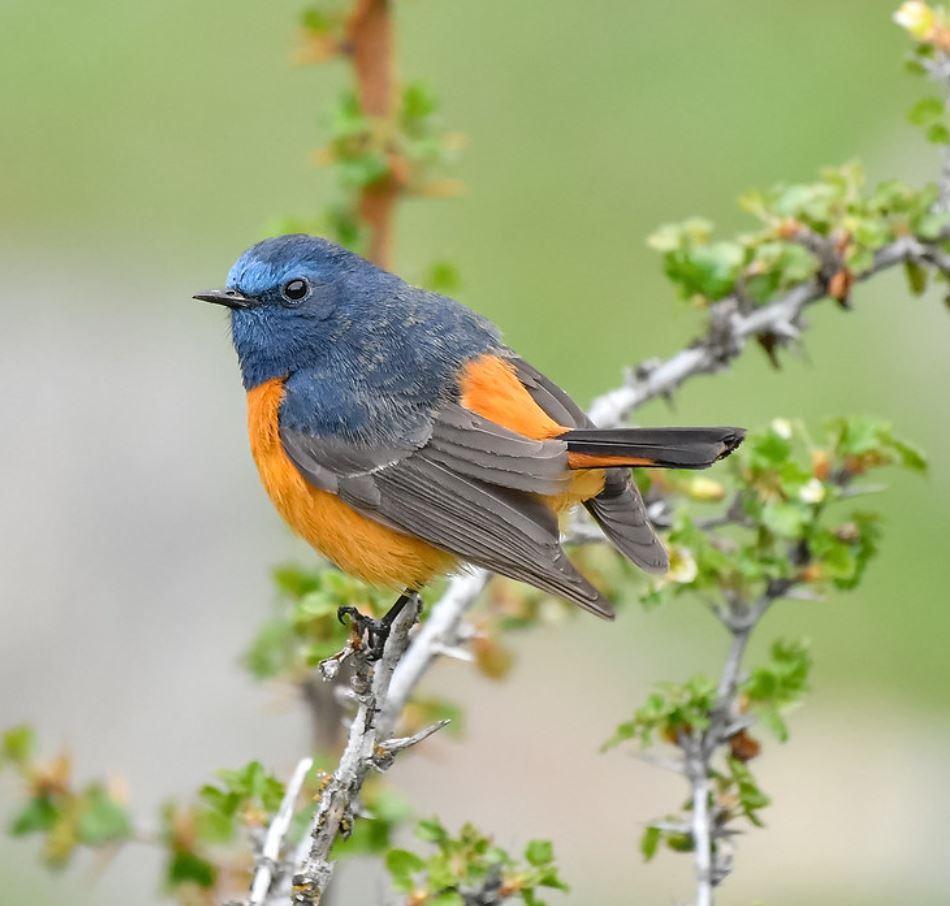 “Blue-fronted Redstart (Phoenicurus frontalis)” (cropped) by gilgit2 is licensed under CC BY-SA 2.0.
“Blue-fronted Redstart (Phoenicurus frontalis)” (cropped) by gilgit2 is licensed under CC BY-SA 2.0.
The Redstart’s diet varies throughout the year. From May to September, they predominantly feed on insects, but starting from August, they also consume berries and seeds. During winter, their diet shifts exclusively to vegetable materials. They are known to feed caterpillars to their nestlings. Foraging involves making short flights from perches, and they occasionally hawk flying insects.
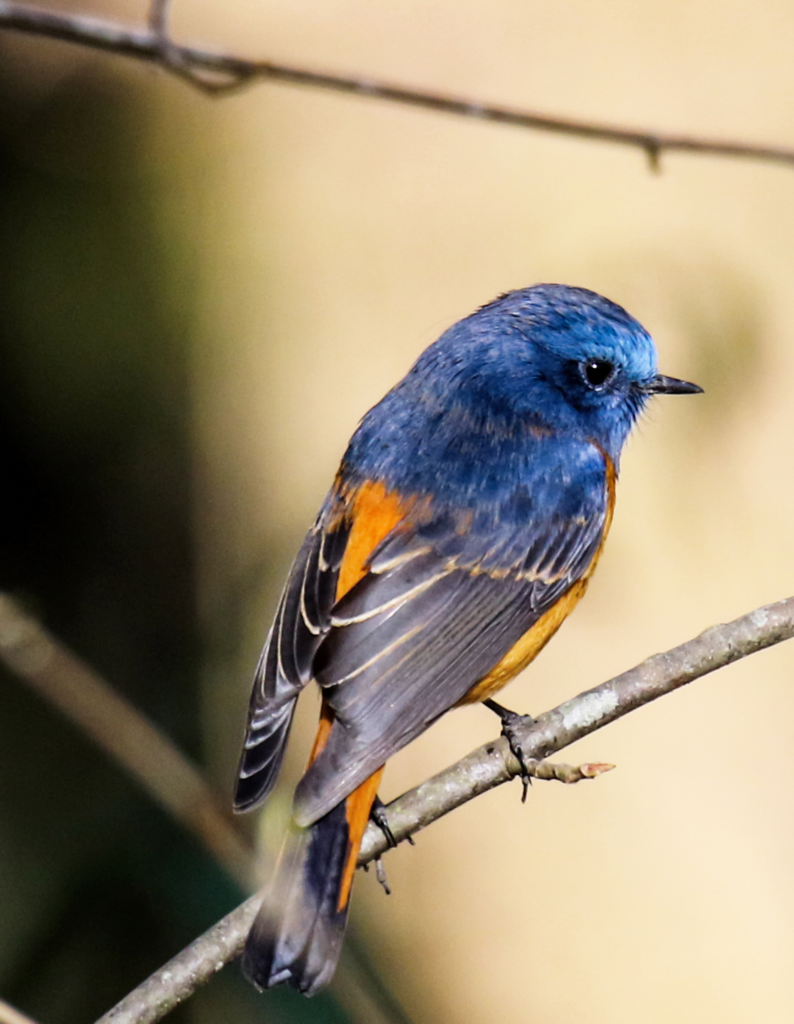 “Blue-fronted redstart (Phoenicurus frontalis) – 78” by Krishna Prajapati is licensed under CC BY-SA 4.0.
“Blue-fronted redstart (Phoenicurus frontalis) – 78” by Krishna Prajapati is licensed under CC BY-SA 4.0.
Breeding season for Redstarts spans from May to August. Their nests are cup-shaped, constructed with dry moss, and bedded on coarse grass. The interiors are lined with hair, feathers, or thin roots. These nests are typically found in tree holes, stumps, wall crevices, the end of fallen trees, cracks in rock faces, among rocks, or under dense vegetation. Each clutch consists of 3–6 eggs. The incubation period lasts around 12 days, while the nestling period ranges from 12 to 17 days, with the young often remaining flightless for several days after leaving the nest. Post-fledging dependence can be as short as 12 days. Additionally, the Redstart’s nests are susceptible to parasitism by the Common Cuckoo.
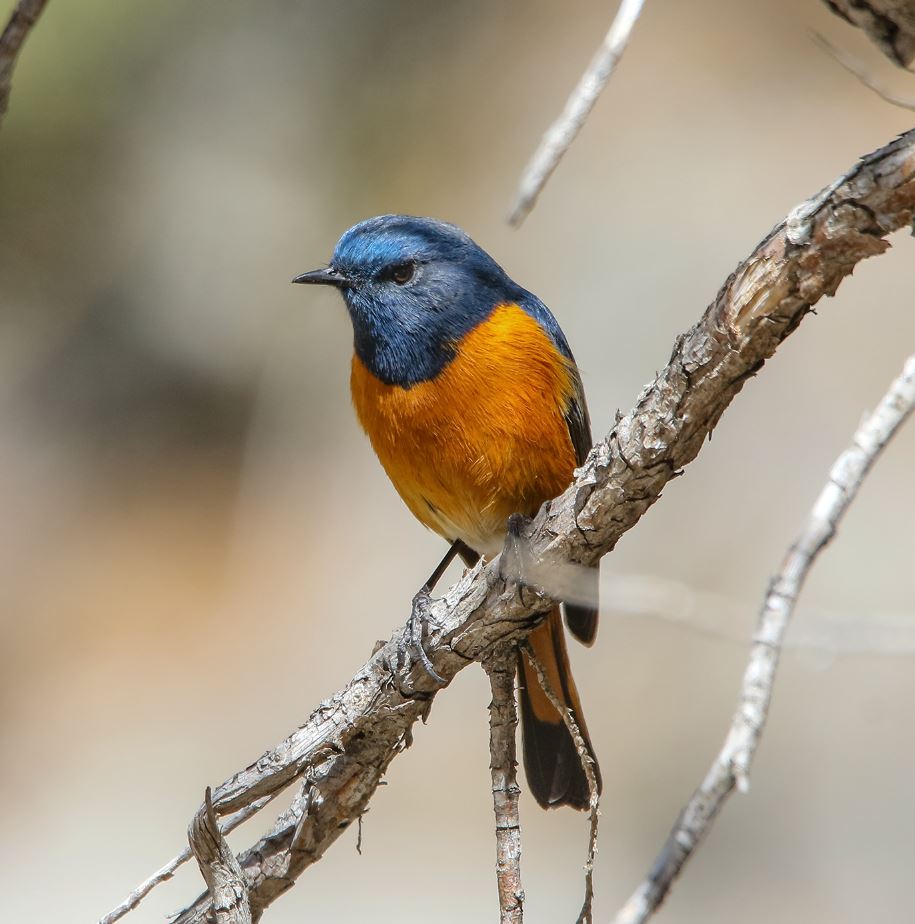 “blue-fronted redstart” (cropped) by Imran Shah is licensed under CC BY-SA 4.0.
“blue-fronted redstart” (cropped) by Imran Shah is licensed under CC BY-SA 4.0.
This bird is regarded as of Least Concern on the IUCN Red List.
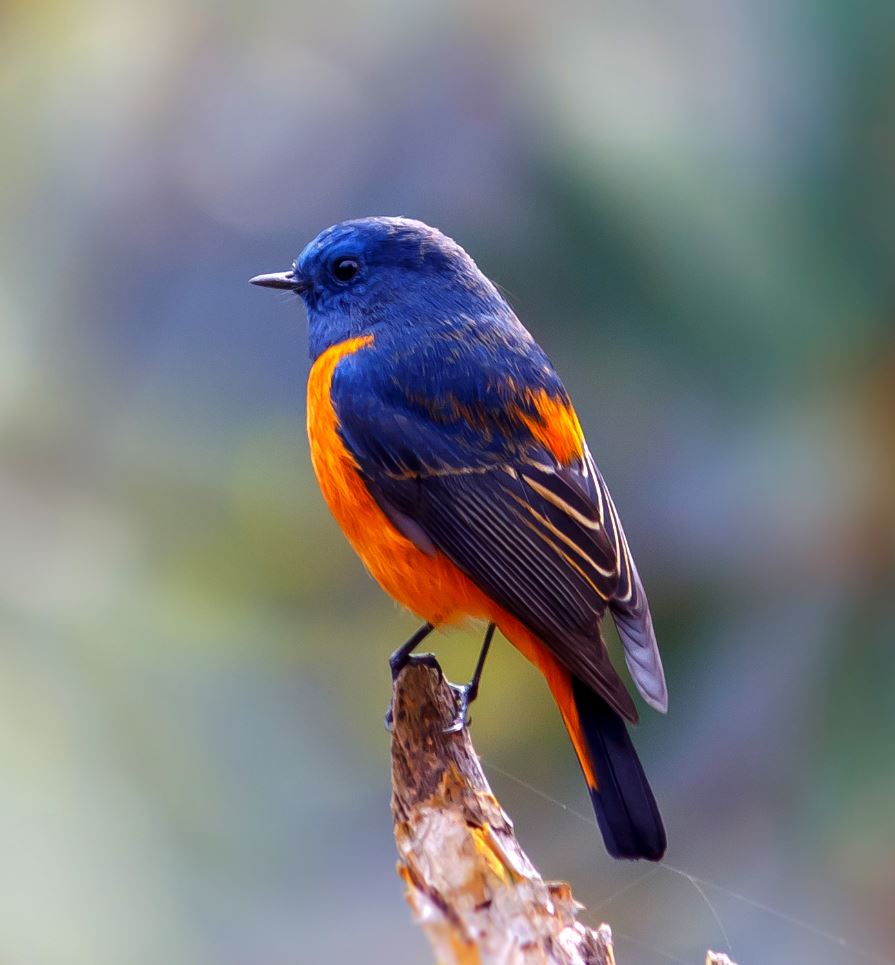 “Blue-fronted redstart” (cropped) by Saikat Show is licensed under CC BY-SA 4.0.
“Blue-fronted redstart” (cropped) by Saikat Show is licensed under CC BY-SA 4.0.
Listen to this bird right here:
This article uses material from Wikipedia.org which is licensed under the GNU Free Documentation License via Copyright Wikipedia. Images on this page are the sole property of the photographers (unless marked as Public Domain). Please read the license and or contact the photographers directly before using them for any purpose. Thank you all.
A Highly Gregarious, Very Vocal Bird Whose Ruby-like Flecks Shimmer Like Jewels On An Otherwise Ash-grey Body!
Please SHARE this article with all your bird-loving friends and family.
